In 1892 a man of mixed heritage named Homer Plessy, who identified as a person of color, refuse to abide to a Louisiana state law that mandated the segregation of railroad passenger cars. Siting the equal protection clause of the 14th Amendment of U.S. Constitution, Plessy took his case to court. At trial his lawyers argued that judge John Howard Ferguson should dismiss the charges on the grounds that the Act was unconstitutional. Ferguson denied the request, and the Louisiana Supreme Court upheld Ferguson's ruling on appeal. Plessy then appealed to the U.S. Supreme Court. In a 7-1 decision, the majority, led by Justice Henry Billings Brown, held that the state law was constitutional as long as the separate facilities were equal in quality. This ruling established the legal precedent that racial segregation was permissible as long as the facilities were deemed equal. This ruling established a legal precedent known commonly as the doctrine of separate but equal. The Plessy v. Ferguson decision of 1896 became a symbol of judicial endorsement for racial segregation and began the era of legal oppression in the United States called Jim Crow.
https://www.nps.gov/people/homer-plessy.htm
The Joy Trip Project celebrates the enduring legacy of Black American History. The Unhidden Minute is part of the Unhidden Podcast Project supported through a National Geographic Explorer Grant from the National Geographic Society, with the cooperation of the National Park Service. This series elevates the untold stories of Black American historical figures, events and cultural contributions.
#unhiddenblackhistory #NationalParkService #yourparkstory #NationalGeographic #unhiddenminute









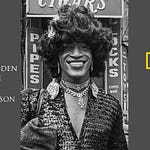
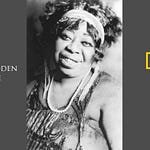
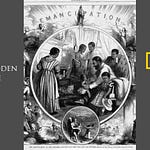
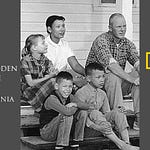
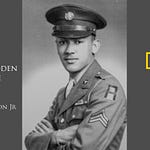
Share this post